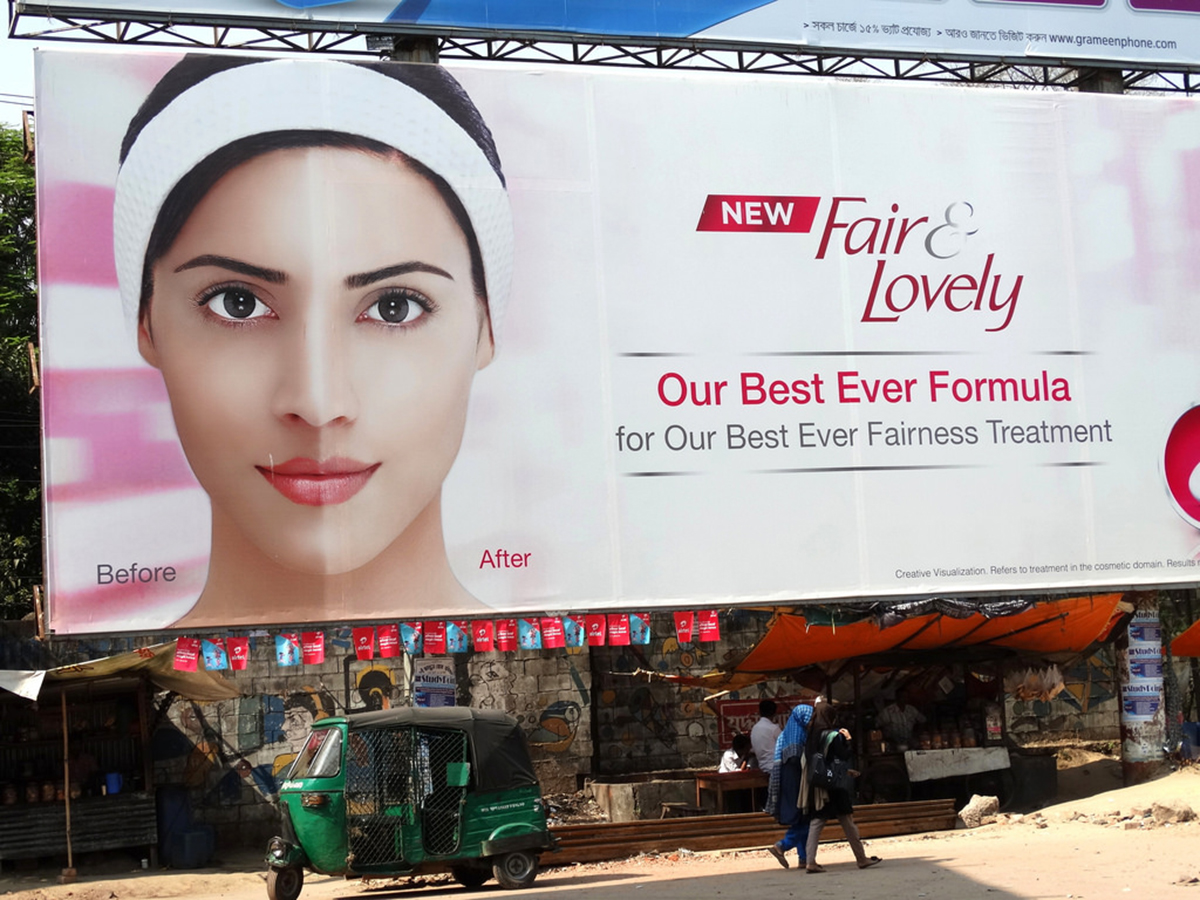Skin lightening creams are a multi-billion dollar industry. That figure may surprise you - after all, they're not that popular in the US, are they? Well, that's because they're not sold as skin lightening or whitening creams, for the most part. They're sold as dark patch creams or skin brightening creams, because advertising regulations forbids companies from selling products that promise to whiten skin, because it promotes a Westernized standard of beauty that is very much not the typical standard of beauty across the rest of the world, and nor should it be.

Having said that, not every person searching for a skin brightening cream is trying to whiten or bleach their skin. Many people are simply trying to lighten a dark patch, trying to minimize the appearance of a skin condition such as vitiligo, or minimize sun spots or age spots that become more prevalent as we get older. As a general guideline, the creams that you can buy in store from big name brands like Estee Lauder or Clinique do what they say on the tin - brighten darker patches of skin so that they blend into the surrounding areas of skin and become less noticeable, giving skin a brighter, fresher appearance.
Are Lightening Creams Really That Bad?
It really depends on your stance. Lightening creams that are marketed for their intended usage, i.e. dark patch creams that are used solely for fading dark patches - those are completely acceptable and in the vast majority of cases would not be suitable for use as a skin whitening cream, anyway. Creams that are marketed with the sole intent of making skin look whiter, cleaner, brighter and "prettier" are not okay. Caste and color are big issues in countries like India, and even though native Indian skin color is not white, those with lighter skin tones that are white or leaning toward white are almost always at the top of the class system or envied by their peers. Issues such as employment and relationships can be effects by how "white" you are perceived to be, and skin whitening creams are often used in order to appear whiter.
See Also: Cheat Your Way To Flawless Skin
This has led to the launch of a vast number of campaigns, including the Dark is Beautiful campaign, to try to encourage women to embrace their natural skin color as something genuinely beautiful. Unfortunately, though, in countries such as India and Thailand it can be very difficult to find any beauty product that does not contain whitening or lightening ingredients, which makes the search for "normal" makeup products that enhance natural beauty rather than mask it quite difficult.
What's In A Lightening Cream?
Depending upon where you buy your lightening creams, they can contain some worrying ingredients, including "anti-melanin" ingredients and even regular bleach - the kind that you'd put down your toilet to bleach out stains, used to bleach out the dark color of your skin. Put into those terms, it sounds horrible, but this is something that thousands of women use every single day.

The anti-melanin products are actively dangerous in that they reduce the concentration of melanin in the skin.
Products that use bleach are dangerous in an obvious way: they contain bleach, which isn't something that should come into contact with your skin, but when it does it can have more than disastrous consequences, leading to seemingly minor skin complaints such as redness, rashes and minor swelling, to major skin complaints such as third degree burns and permanent color change. Although permanent color change might sound like the desired effect, it isn't. Think about how your tan can sometimes appear - blotchy, orange and streaky. That's exactly how skin lightening creams can appear. There's no guarantee that they'll go on evenly, that they'll bleach exactly the spots that you want them to bleach and evenly lighten all of your skin tone in one go. Nope.
So although your skin may be lighter, it could still be uneven, blotchy and dark in places - which is pretty much the exact opposite of what you were hoping for. Some products contain hydroquinone, which is known to cause itching and irritation, as well as mercury, which is thought to increase skin pigmentation and cause severe skin rash.
Real Women
See Also: BB Cream Or Foundation: Which Is Best For My Skin?
Dove's Real Women campaign increased sales by a whopping 700% and showed women of all colors, shapes and sizes using their products. It's a step in the right direction, but it's still not enough. Although it showed women of color, women who were bigger than the "norm", these campaigns still failed to show petite women, women with big bellies, women with bigger thighs, shorter legs, shorter torsos, short hair - all of the women were still very much conventionally attractive and taller than average. The only thing that was different was that some were slightly bigger than average and some were women of color. We need to be embracing women of all colors and at the same time, making sure that we do not fetishize women of "exotic" backgrounds. Everyone is beautiful, whatever their skin color - but we need to start focusing on the whole package - eye shape, bone structure, hair, cheeks - everything that makes you you and that makes you look beautiful.
- www.theguardian.com/sustainable-business/blog/skin-whitening-cream-dark-side-beauty-industry
- http://www.nhs.uk/Livewell/skin/Pages/Skinlightening.aspxPhoto courtesy of Adam Jones, Ph.D. - Global Photo Archive by Flickr: www.flickr.com/photos/adam_jones/13103725423
- Photo courtesy of Fredsharples by Flickr: www.flickr.com/photos/ballena/3254165510


Your thoughts on this